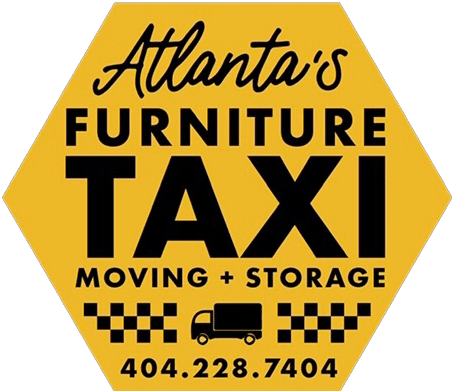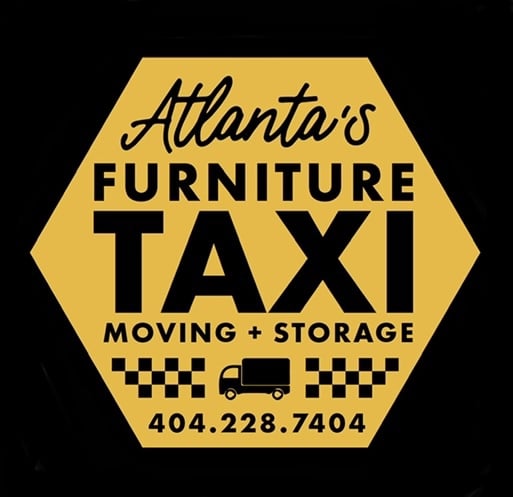
Antiques are treasures from the past, each with its unique story and historical significance. Their value, both in terms of monetary worth and cultural importance, is unparalleled. Relocating such items is not merely a task; it’s a responsibility. This guide aims to provide a detailed roadmap for ensuring the safe and secure relocation of your cherished antiques.
Table of Contents
ToggleThe Value of Antiques
Antiques are more than just old items; they are a testament to the craftsmanship, artistry, and history of bygone eras. Whether it’s a centuries-old painting, a vintage piece of furniture, or an ancient artifact, each antique carries with it a legacy. Their age doesn’t solely determine their value; their rarity, the stories they narrate, and the eras they symbolize also contribute. Often, antiques have observed historical events, participated in significant moments, or belonged to famous individuals, enhancing their value.
Challenges in Moving Antiques
Relocating antiques presents a unique set of challenges. Their age makes them fragile, and their unique designs often mean they don’t fit into standard packing boxes. Additionally, many antiques have intricate details or are made of materials that are sensitive to temperature and humidity changes. A simple bump or scrape can lead to irreversible damage, diminishing its value and historical significance. Moreover, antiques often have emotional value for owners, making their safe relocation even more critical.
Importance of Expert Appraisals
Before embarking on the relocation journey, it’s imperative to understand the value of your antiques. Expert appraisers, with their vast knowledge of history, art, and market trends, can provide accurate valuations. This is not just about understanding the monetary worth; it’s about appreciating the item’s historical and cultural significance. An expert appraisal also forms the basis for insurance coverage, ensuring that in the unfortunate event of damage or loss, the item’s value is adequately compensated.
Specialized Packing Techniques
The packing phase is arguably the most crucial when relocating antiques. Standard packing materials and techniques won’t suffice. Specialized packing techniques involve:
- Custom Crating: For items that are oddly shaped or exceptionally fragile, custom crates provide the best protection. These crates are designed to fit the antique perfectly, offering cushioning and support where needed.
- Climate-Controlled Packing: Some antiques, especially those made of wood, paper, or fabric, are sensitive to temperature and humidity changes. Special packing materials that regulate temperature and moisture levels can be used to ensure the item’s integrity.
- Shock-Resistant Materials: Bubble wrap, foam inserts, and other shock-resistant materials are essential to protect the antique from bumps and jolts during transit.
Climate Considerations for Antiques
Climate plays a pivotal role in the preservation of antiques. Fluctuations in temperature and humidity can cause materials like wood to expand and contract, leading to cracks or warping. Similarly, items made of paper or fabric can become brittle or moldy if not stored in the right conditions. When relocating, it’s essential to ensure that the transport vehicle is climate-controlled. If storage is needed, the facility should offer climate-controlled units, ensuring the antique remains in optimal conditions.
Insurance for Antiques
The irreplaceable nature of antiques makes insurance indispensable. Standard moving insurance might not cover the full value of these items. Specialized antique insurance policies consider the item’s historical and monetary value, ensuring comprehensive coverage. It’s also essential to understand the terms of the policy, including what constitutes damage, the claim process, and any deductibles.
Handling and Transport Details
The actual relocation process requires meticulous planning and execution. From the moment the antique is lifted until it’s placed in its new location, every step should be executed with precision. This involves:
- Trained Handlers: Professionals who understand the value and vulnerabilities of antiques are essential. They are trained to handle these items with the utmost care, ensuring no harm comes to them.
- Specialized Transport Vehicles: Standard moving trucks might not offer the protection antiques need. Vehicles with climate control, shock-absorbing features, and secure storage solutions are ideal for transporting these valuable items.
- Route Planning: The journey itself should be planned to avoid rough terrains, long halts, or any other potential hazards. The aim is to provide the smoothest possible transit for the antiques.
Choosing the Right Antique Mover
Not all moving companies are equipped to handle the intricacies of relocating antiques. When choosing a mover, it’s essential to look for:
- Experience: How long have they been in the business of moving antiques? Past experience is a good indicator of their expertise.
- Training: Does the company provide specialized training to its staff on handling antiques? This ensures that every person involved in the move understands the value and vulnerabilities of the items.
- Equipment: From custom crates to climate-controlled trucks, the right equipment is crucial for the safe relocation of antiques.
- Insurance: Ensure that the mover offers comprehensive insurance coverage for antiques, covering their full appraised value.
DIY Tips for Relocating Antiques
While professionals are recommended for relocating antiques, if you’re considering a DIY move, preparation is paramount. Research extensively on packing techniques, understand the vulnerabilities of your items, and ensure you have all the necessary materials at hand. Additionally, consider seeking expert advice or even attending workshops on handling and packing antiques.
Storage Solutions for Antiques
If your relocation involves storing your antiques for any duration, choosing the right storage facility is crucial. Look for facilities that offer:
- Climate Control: As mentioned earlier, maintaining the right temperature and humidity levels is essential for preserving antiques.
- Security: Given the value of antiques, the storage facility should have robust security measures, including surveillance cameras, access controls, and alarms.
- Accessibility: While security is essential, you should also have easy access to your items whenever needed.
Post-Move Care for Antiques
Once the antiques have been relocated, they might require some care to help them acclimate to their new environment. This could involve:
- Cleaning: Gentle cleaning to remove any dust or residues from the packing materials.
- Inspection: Check for any signs of damage or wear that might have occurred during the move.
- Maintenance: Depending on the material, some antiques might require polishing, conditioning, or other forms of maintenance to keep them in pristine condition.
Conclusion
The world of antiques is fascinating, filled with stories, history, and invaluable artifacts. Relocating these items is a task that requires expertise, dedication, and a deep understanding of their value. Whether you’re moving a family heirloom or a priceless artifact, the principles remain the same: understand its value, prepare meticulously, and ensure its safety at every step. Equip yourself with the right knowledge and resources to not only relocate your antiques but also pass them onto future generations in prime condition.
Your antiques represent more than mere items; they embody pieces of history and untold stories. Don’t entrust their move to just anyone. Find experts, gain knowledge, and make sure people handle your treasures with the care and respect they merit. If you have antiques to relocate, take the first step towards their safe and secure future today with Atlanta Furniture Taxi.
Frequently Asked Questions
What are the primary challenges in relocating antiques?
The primary challenges include the fragile nature of antiques, their unique designs, sensitivity to climate changes, and ensuring proper insurance coverage.
Why is expert appraisal essential before moving antiques?
Expert appraisal determines the item’s value, ensuring adequate insurance coverage and appreciating its historical significance.
How do specialized packing techniques differ from standard packing?
Specialized packing involves custom crating, climate-controlled packing, and the use of shock-resistant materials tailored for antiques.







